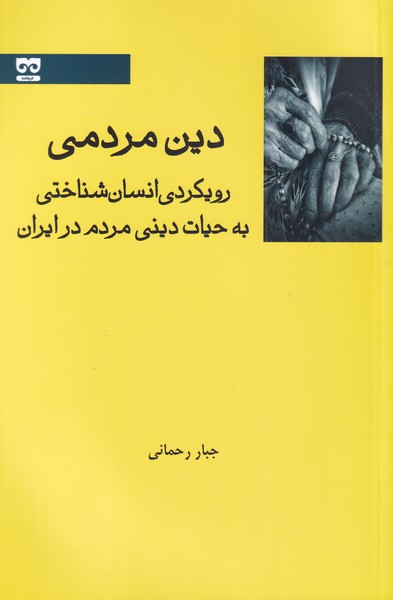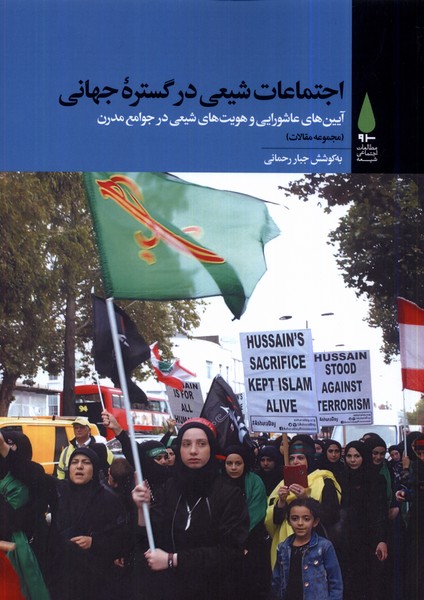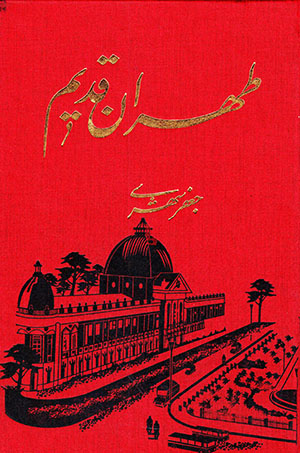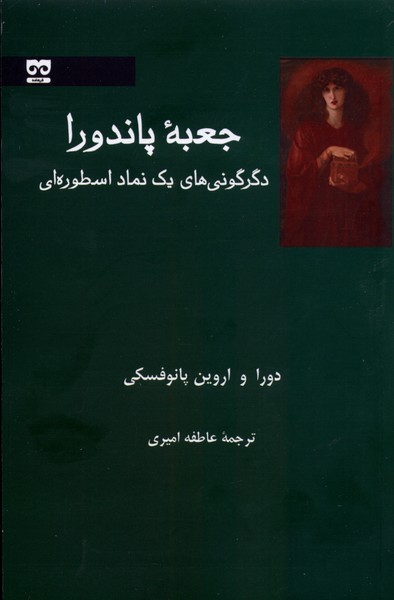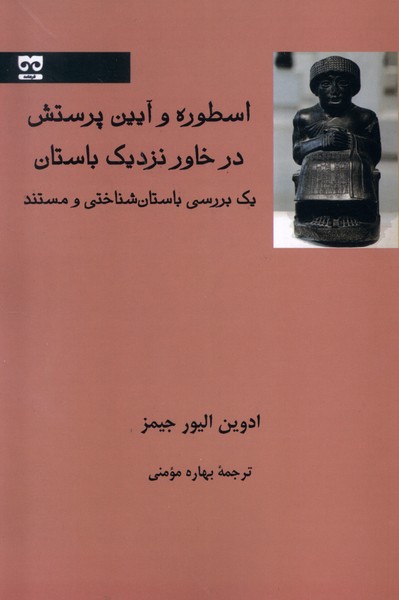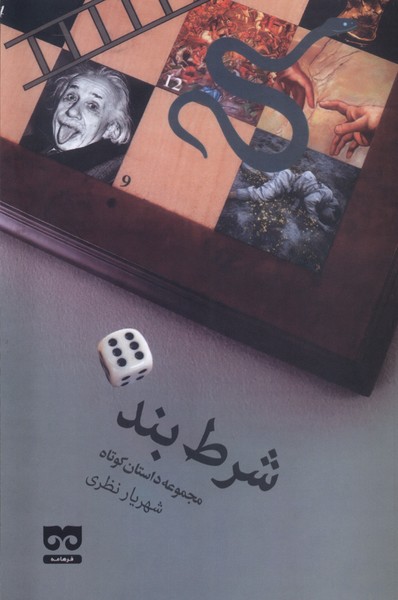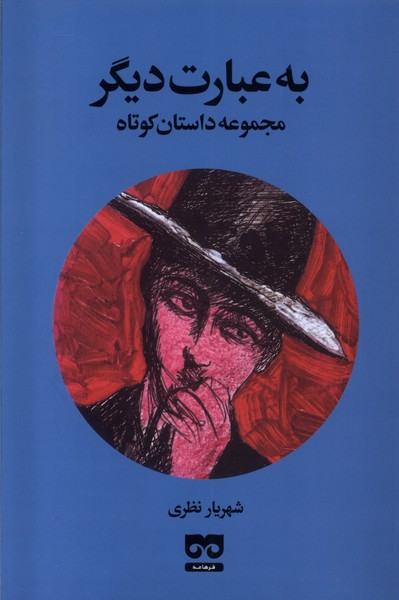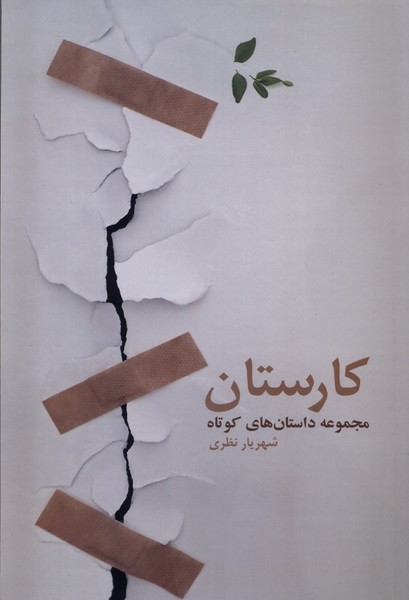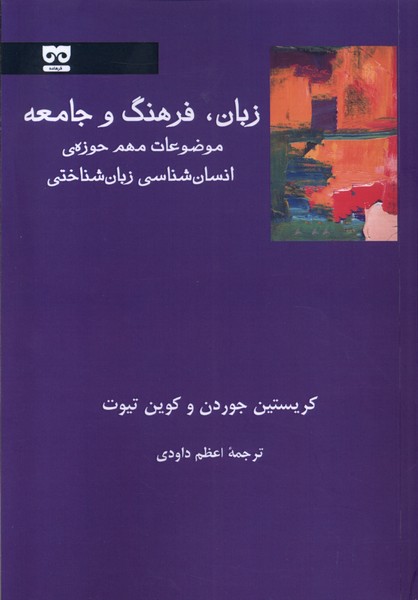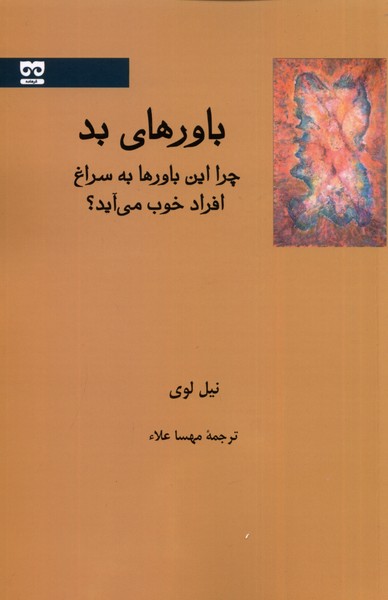Dīn-i mardumī: Persian 1400
دین مردمی
59 SEK
Share
Wishlist
In this article, aspects of the logic of popular religiosity are emphasized, which have a basic effect on the formation of people's understanding of the holy matter. An important point that exists in this discourse logic is that the experience and manifestation of the holy matter of the people sometimes differ from the narrative and criteria of the traditional elites of religion and what they consider reasonable and acceptable. The bloody plane tree of Alamut, which drips blood on the day of Ashura, the story of the miracle of the blessed oven around Isfahan, the blood of the seals of Karbala, which are in the hands of a family in Torbat Jam, and a few drops of blood come from them on the afternoon of Ashura, or a huge group of holy trees in the city. And the villages of Iran and even the documented and undocumented imamzadehs that people believe in and need from them, express forms that are true for the people and are considered superstitions for the scholars. With the difference that everyone considers their own property to be correct, but the difference between people is different in imposing the correctness and truth of their own beliefs on others.
more
در این نوشتار بر وجوهی از منطق دینداری عامه تأکید شده که تأثیری مبنایی برای شکل گیری درک مردم از امر قدسی دارند. نکتة مهمی که در این منطق گفتمانی وجود دارد، این است که تجربه و تجلی امر قدسی مردمی گاه با روایت و معیارهای نخبگان سنتی دین و آنچه آنها معقول و مقبول می دانند، تفاوت می کند. چنار خونبار الموت که در روز عاشورا از آن خون میچکد، ماجرای معجزة تنور مبارکه در اطراف اصفهان، خون مهرهای کربلا که در دست خانواده ای در تربت جام هستند و ظهر عاشورا از آنها چند قطره خون می آید یا مجموعة عظیمی از درختان مقدس در شهر و روستاهای ایران و حتی امامزاده های مستند و غیر مستندی که مردم به آنها باور دارند و از آنها حاجت گرفته اند، بیان کننده اشکالی هستند که برای مردم صادقند و برای علما خرافه به شمار می آیند. با این تفاوت که هرکس دارایی خودش را درست می داند، اما تفاوت آدم ها بر تحمیل صحت و حقیقت باورهای خودشان با دیگران، متفاوت است.
more

